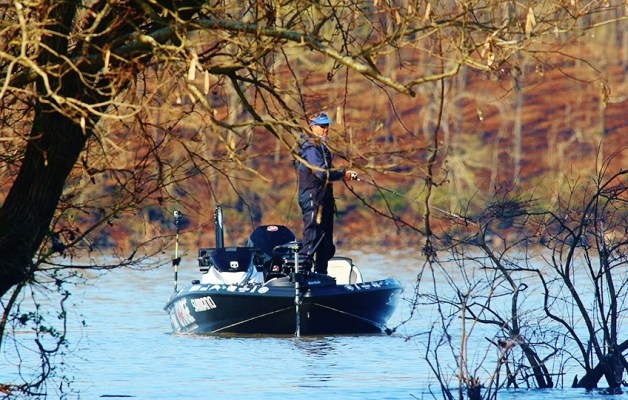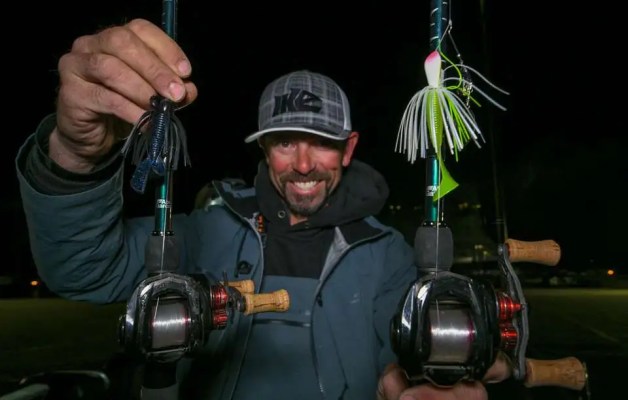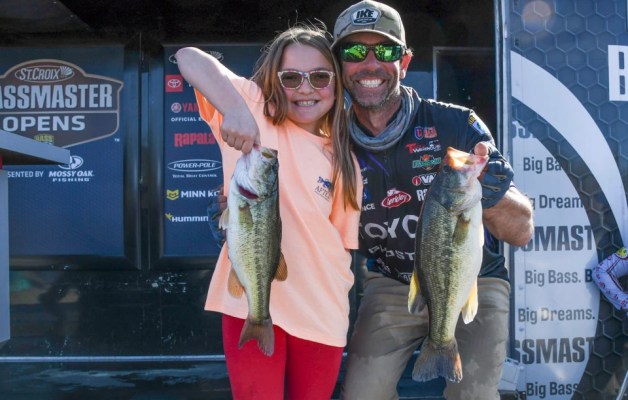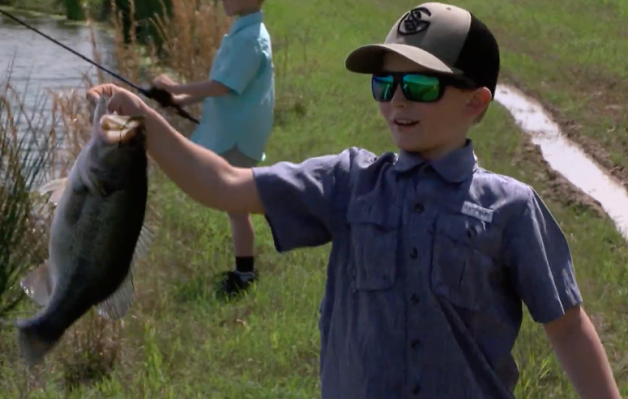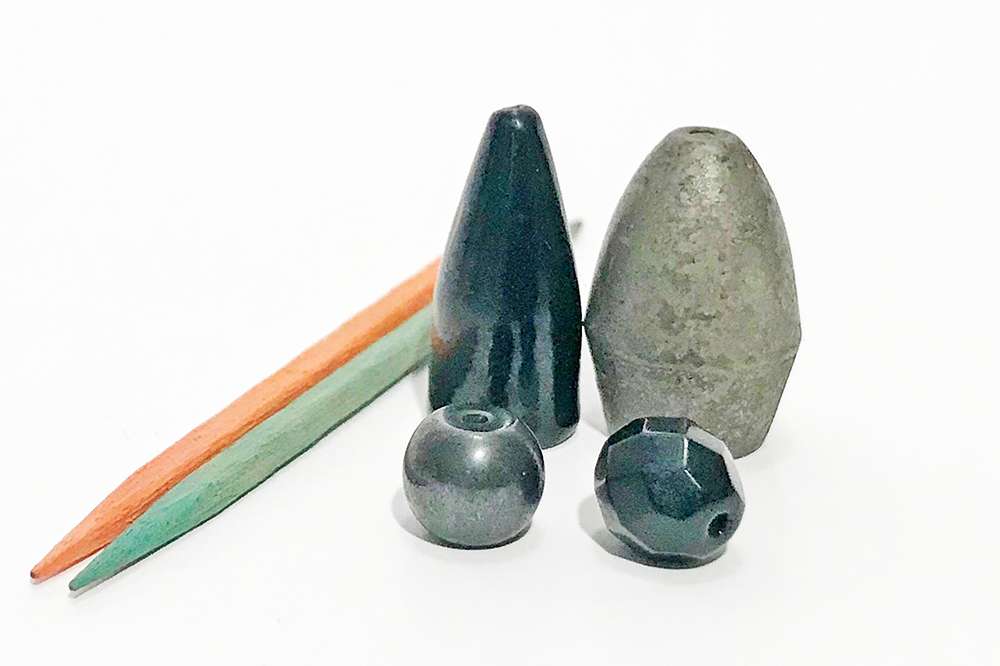
We’ve discussed selecting the right hook and weight for a Texas-rig setup, but there are preferences when it comes to weight types, beads and stoppers.
Lead vs. tungsten
There’s a great deal of hype between two “heavyweights” in the fishing industry: lead and tungsten. One has been around since the inception of bass fishing, and the other is a rare earth metal that made its way to the fishing scene in the early 2000s.
The term tungsten derives from Sweden, with the root of the word “tung sten” meaning “heavy stone.” While tungsten is several times pricier than lead, the price comes with upgraded fish-catching benefits. Tungsten is right under twice the density as lead, thus making the weight the same volume but more compact. Tungsten also allows easy translation of bottom composition due to the hardness of the material. This lets users know exactly what their bait is doing in certain areas, whether fishing rocks, laydowns and hard or soft bottoms.
Another advantage of using tungsten is flipping matted vegetation and pitching heavy cover. Floridian B.A.S.S. Opens Champion Trevor Fitzgerald — whose company now produces tungsten weights — explained that tungsten first became popular in the Florida and Texas areas, due to the two states’ abundance of cover and vegetation. The density and smaller-diameter of tungsten allows it to slide through the grass with less resistance than a large lead sinker of the equivalent mass.
With all of this said, lead does cost less and has proven its Texas-rigging reliability over the years, but I have found greater success in employing tungsten weights on my Texas-style rigs.
To bead or not to bead
Using a bead between the weight and eye of the hook is a common technique used in cover and in low-light scenarios. Think of a glass or metal bead as a noise maker that allows fish to key in on various sources of forage. The bead replicates the “clacking” noise that a bream, or other species of prey, may make when eating.
In high-pressure situations, when the fish may prefer a less noisy meal, the bead can be easily removed and not affect the action of the bait. Remember, in all situations of fishing, whether it’s Texas rig fishing or not, let the fish tell you what they want and make adjustments accordingly.
Stoppers or pegs
Another asset to the Texas rig setup is pegging the weight in front of the hook. This particularly excels when fishing cover or grass — stopping the weight from sliding up the line — allowing the bait to penetrate the covered surface. The market offers bobber stoppers that can be slid onto the line before applying the weight and bead, or simply use a tooth pick to peg the weight in place.
I do prefer to leave a weight unpegged when fishing large worms or creature-style baits in open water. The unattached sinker slides freely down the line, reaching the bottom first allowing the soft plastic to spiral downward for added action.
Variables within the Texas-rig technique are not meant to add difficulty, rather when simplified each option can help improve your ability to catch more fish.
Part 1 | Part 2 | Part 3 | Part 5 | Part 6
Editor’s Note: Are you new to bass fishing? Explore our Bass Fishing for Beginners page to find dozens of tips for new bass anglers.

